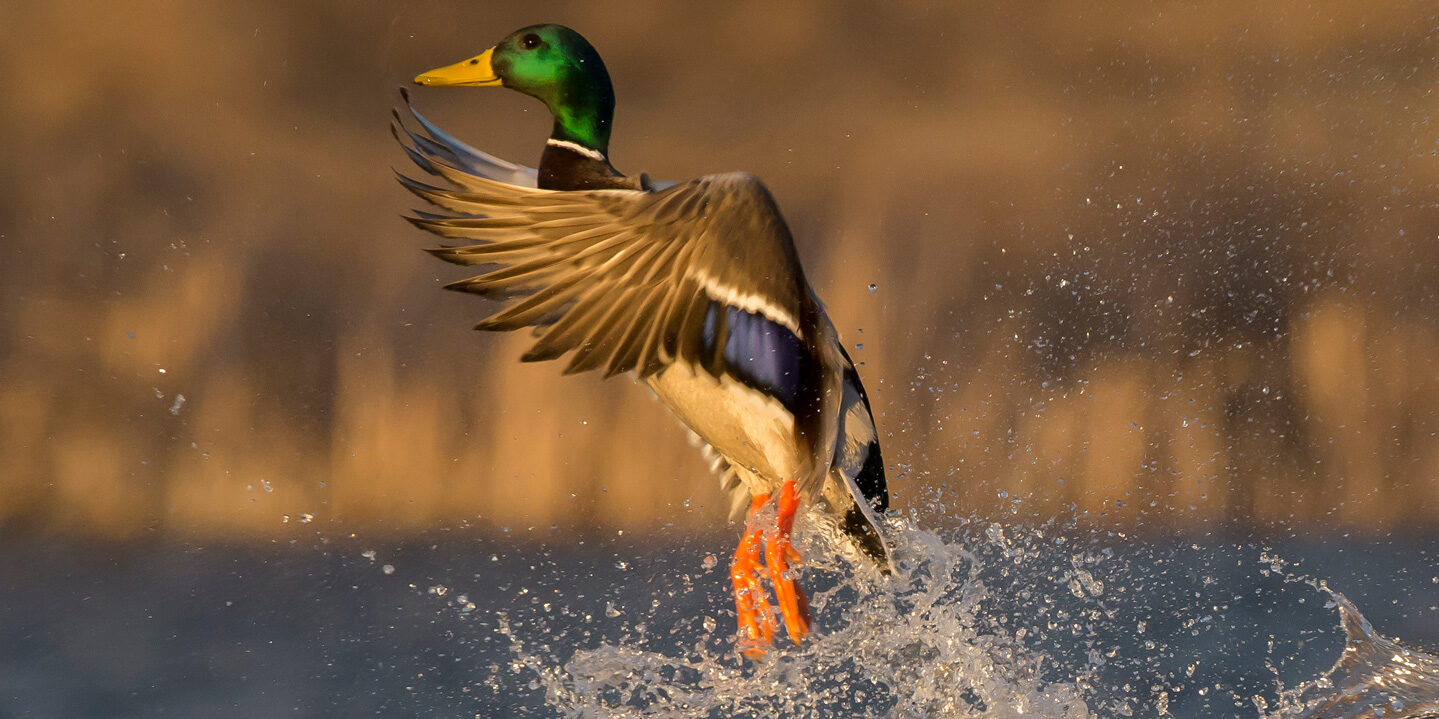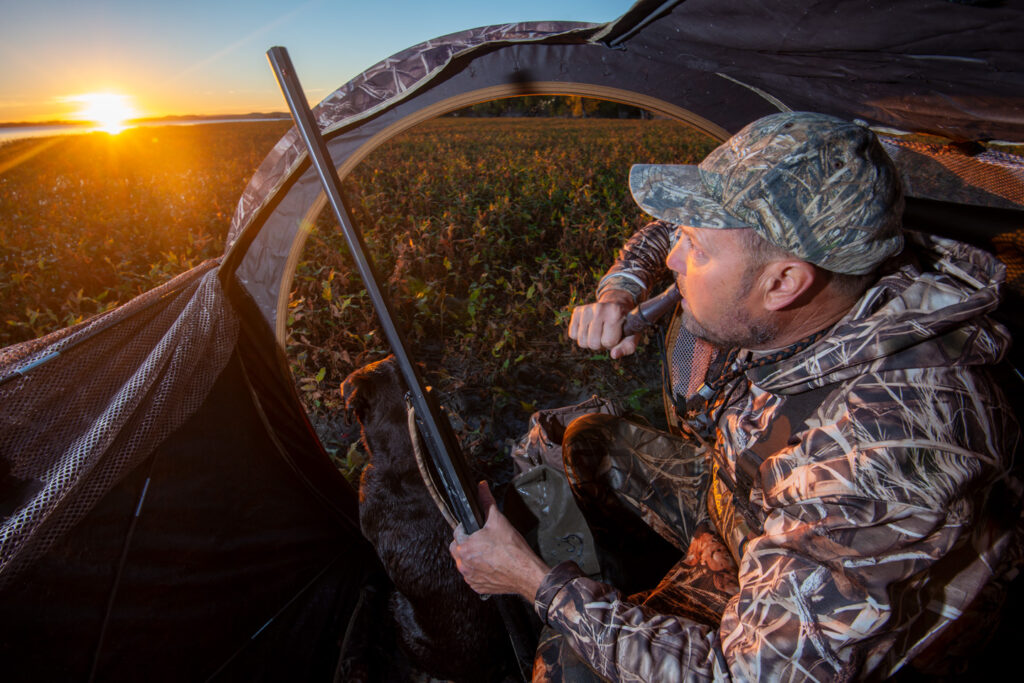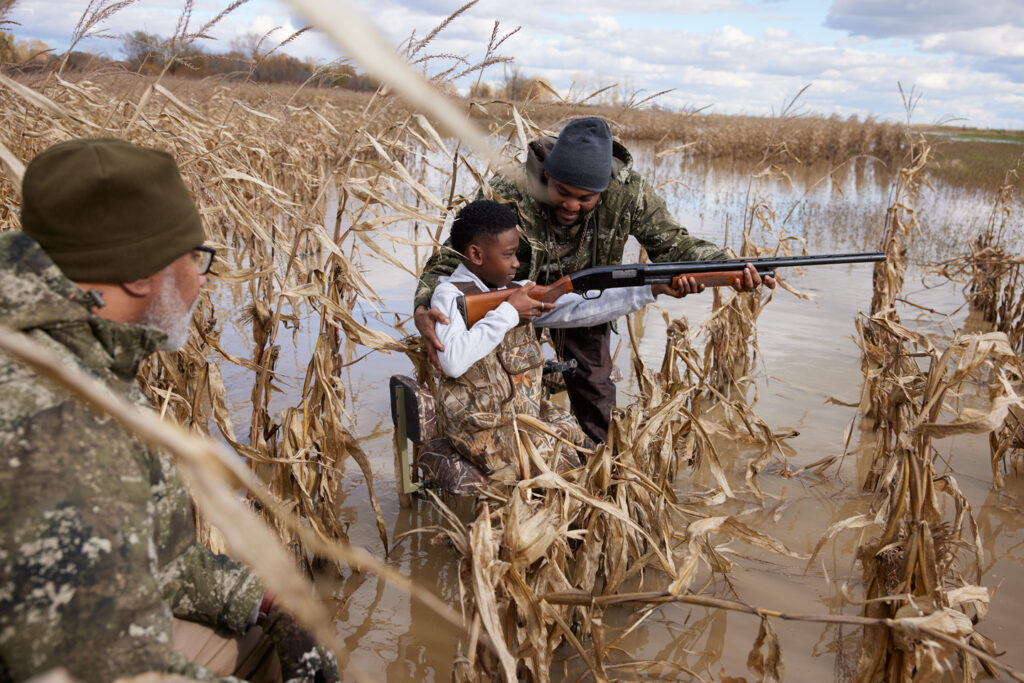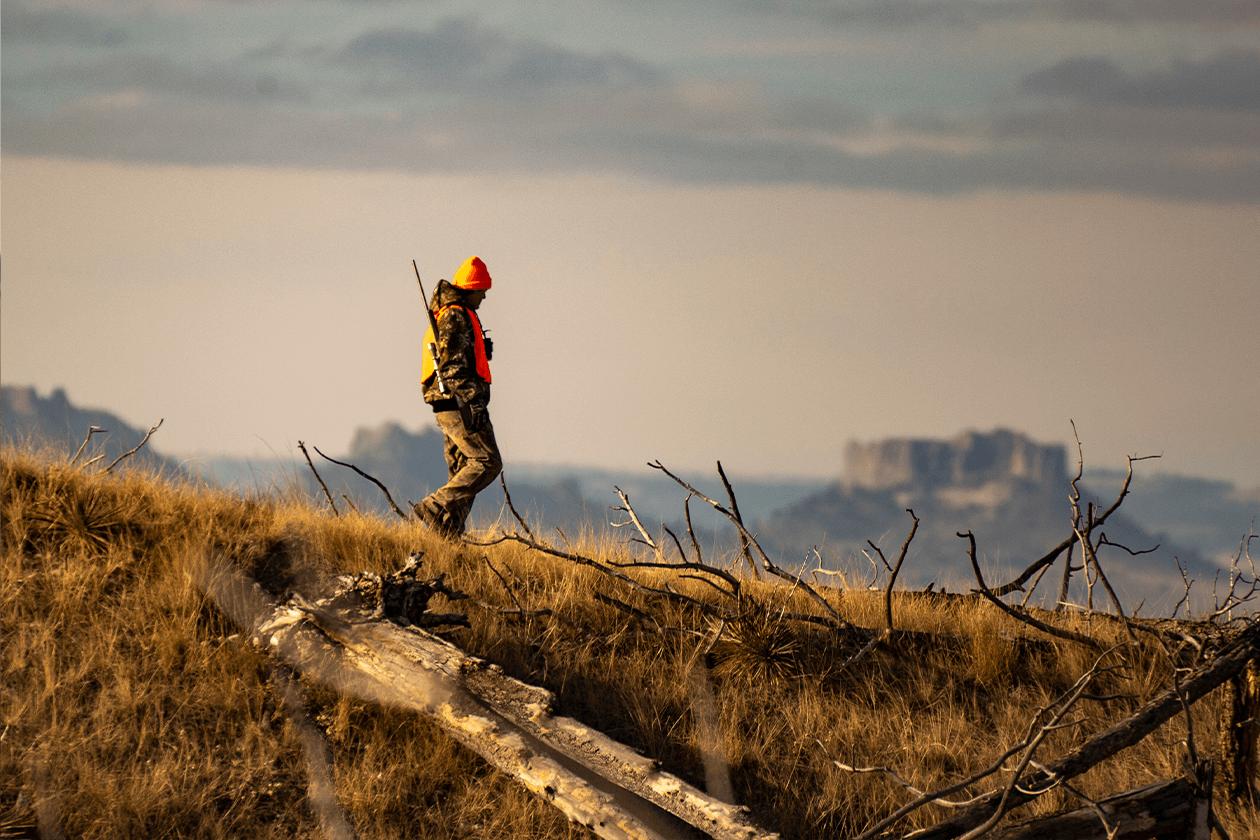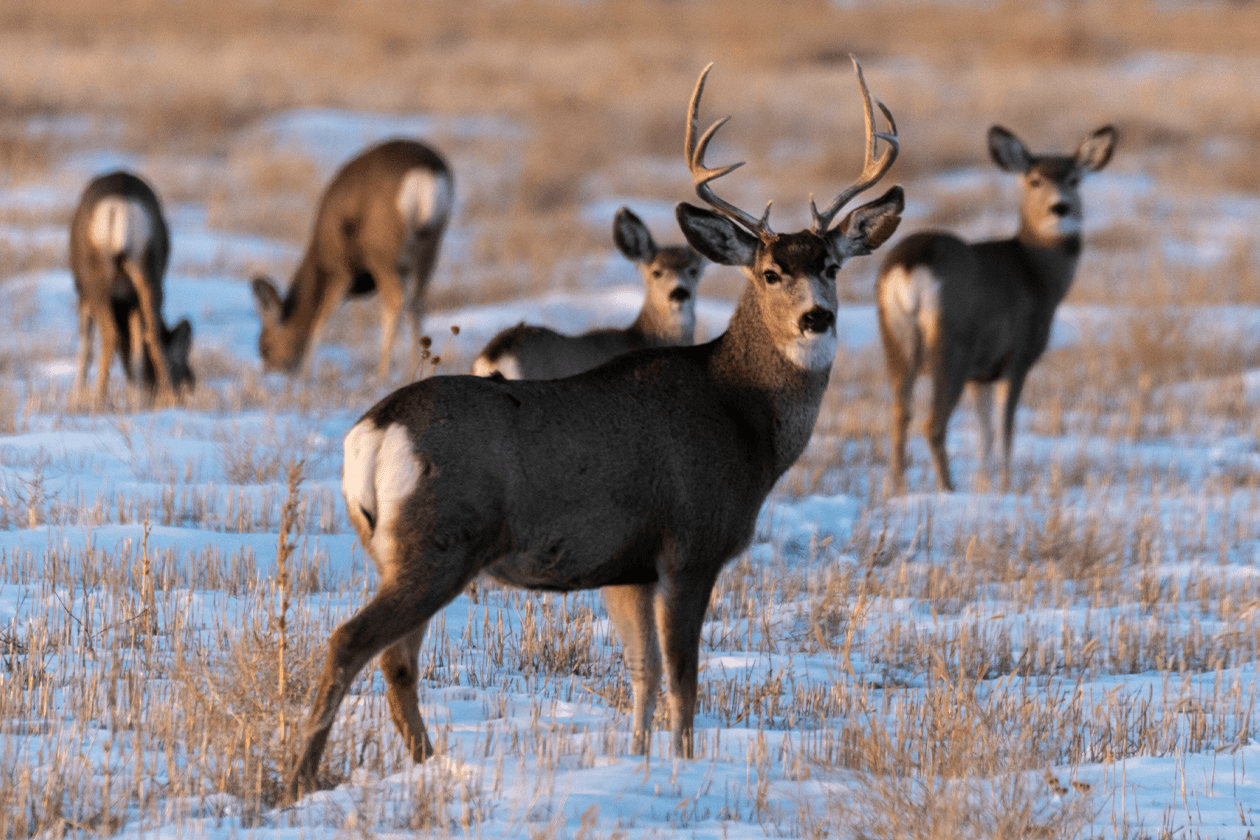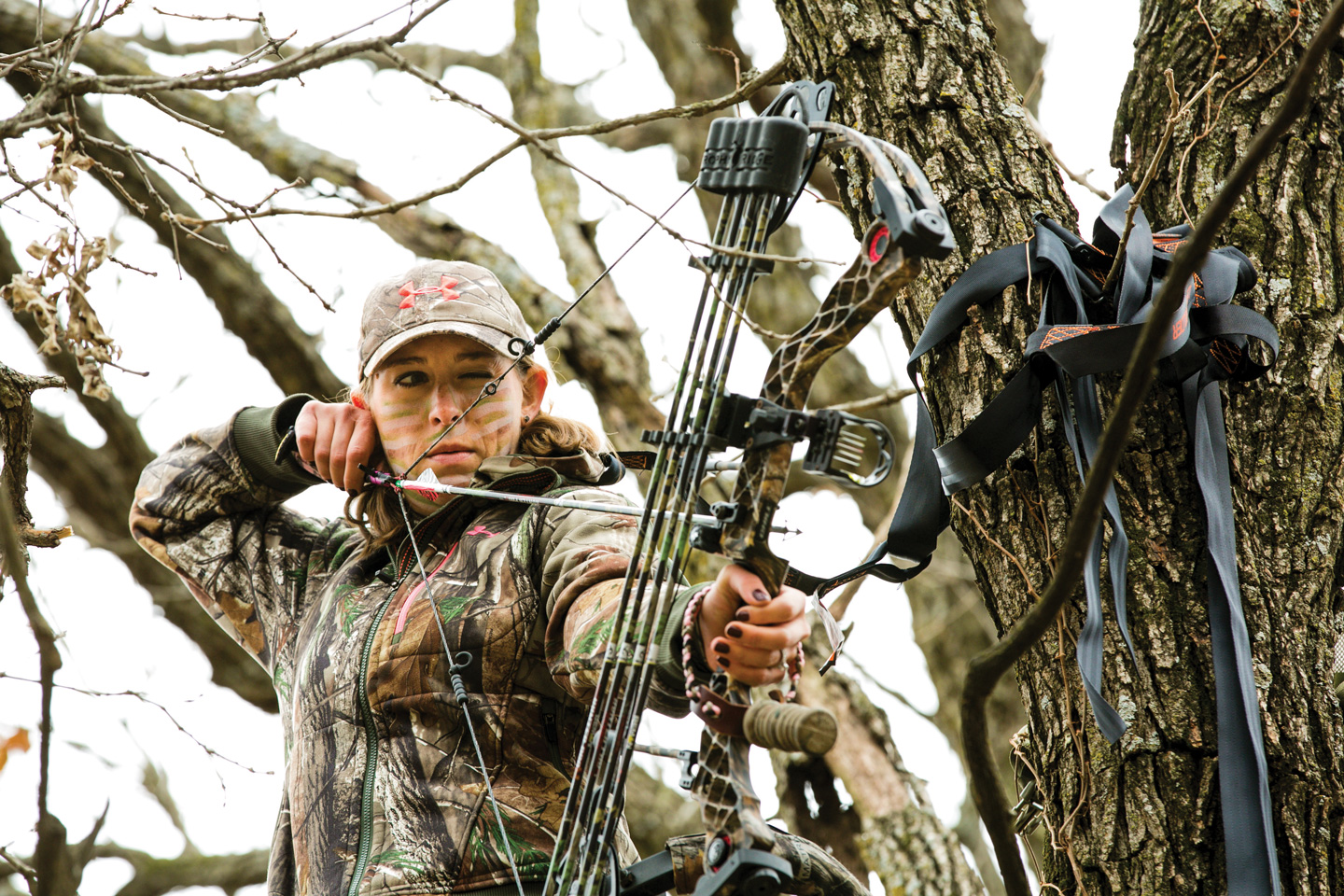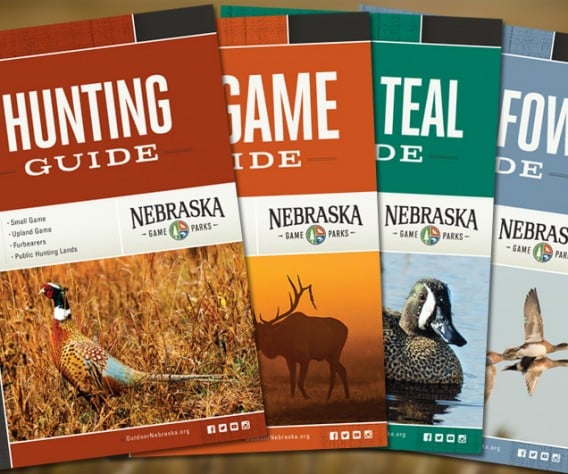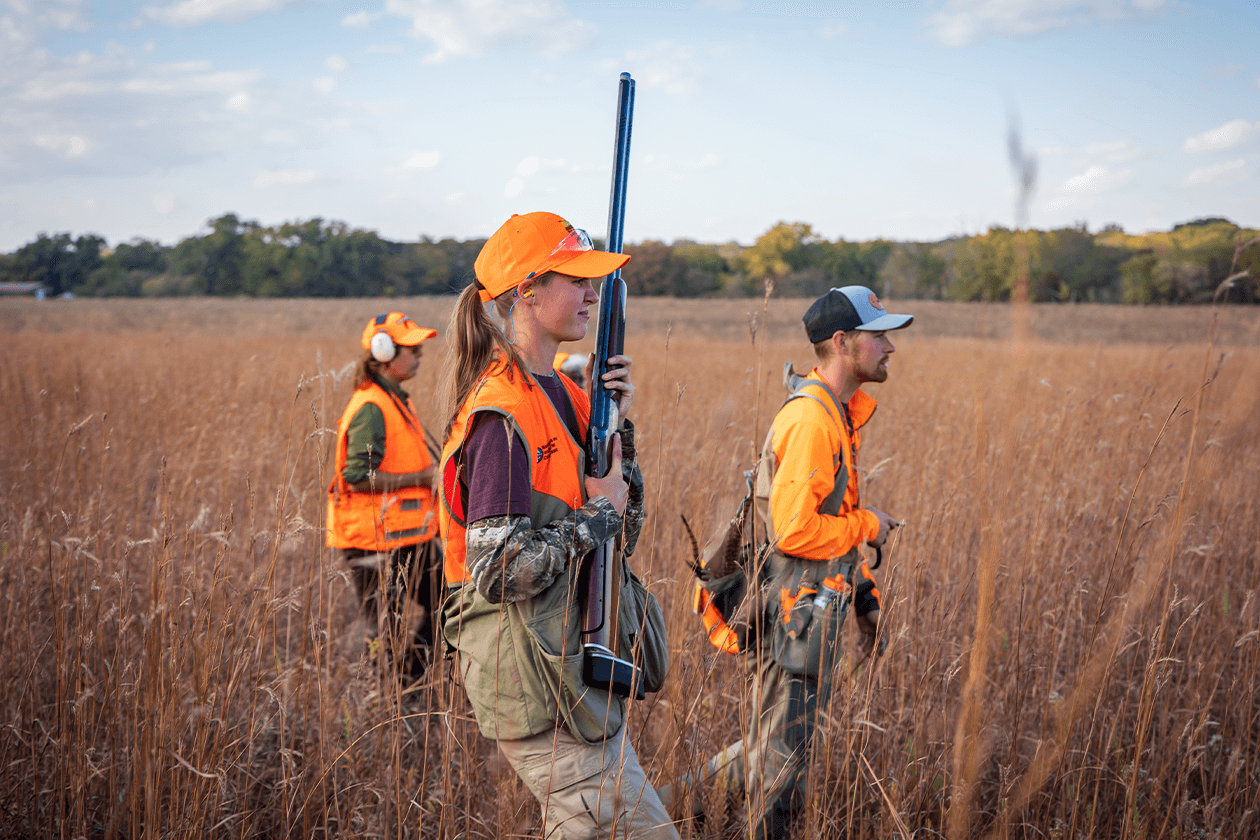Each fall, Nebraska duck hunters have the opportunity to harvest more than 15 different species of ducks that migrate through the state. Primary species typically harvested are mallard, blue- and green-winged teal, gadwall, northern pintails, American Wigeon, northern shovelers and wood ducks, with the occasional redhead, ring-necked duck or canvasback.
Not only can Nebraska duck hunters encounter a number of different duck species, the diversity of habitats, from Sandhills lakes, Rainwater Basin wetlands, to Platte River sandbars offer a set of unique experiences as well as offering a long hunting season. However, proper identification is key when hunting waterfowl.
Few animals can signify the arrival of fall, but a “V” of honking Canada geese overhead reminds us that winter is not far off. Once rare in the state, restoration efforts in Nebraska and across North America have brought populations back to where resident birds can be observed year-round.
Migration into Nebraska from northern areas begins in late November with peaks of population in early January. Close to 100,000 Canada geese are harvested in Nebraska each year, and hunting opportunities exist in every corner of the state.
If Canada geese signal the arrival of fall in Nebraska, then white-fronted geese (also referred to as specks, specklebelly) are the harbinger of spring. As they head to breeding grounds in the Arctic, flocks of white-fronts transition through Nebraska in February and March.
Less common in the fall, white-fronts are a considered a trophy bird – both for their relatively rarity and their desirability as table fare – when one is harvested. The Rainwater Basin area of south-central Nebraska is the primary area to both observe and harvest a white-front.
The spectacle of a swirling, barking mass of a large flock of light geese – Snow, blue and Ross’s geese – into a marsh or field is one that few forget. Opportunities to harvest and observe light geese in the fall are somewhat limited, but that changes during February and March when millions stop and stage in Nebraska.
The Rainwater Basin and Platte River regions in the central part of the state, with eastern Nebraska and the Missouri River corridor being the best places to pursue light geese.

